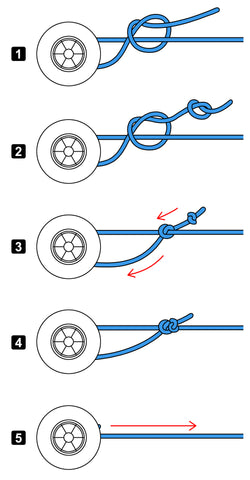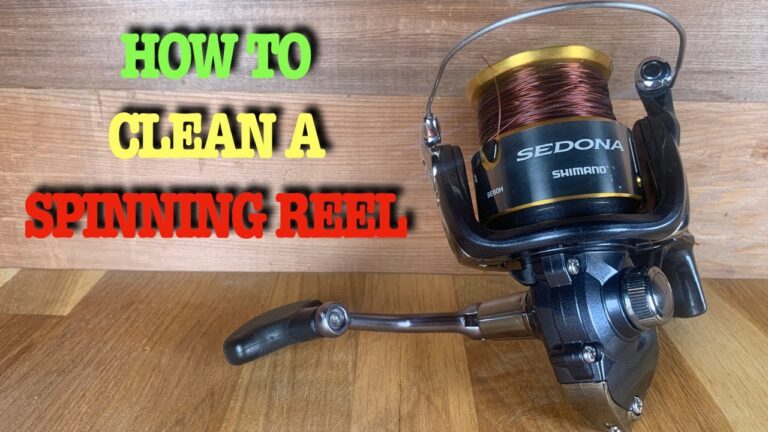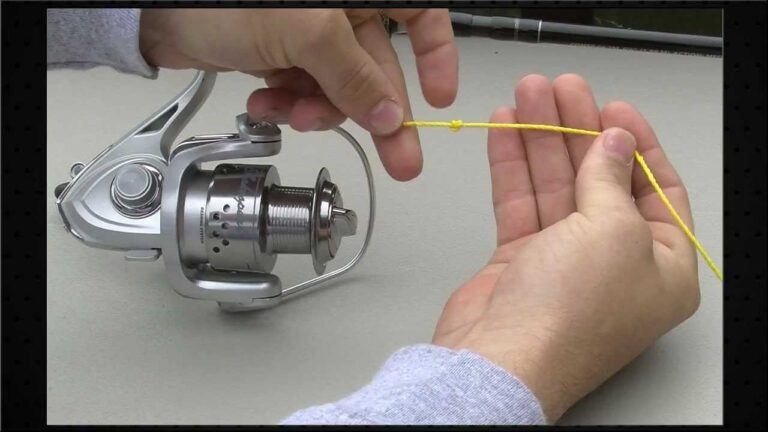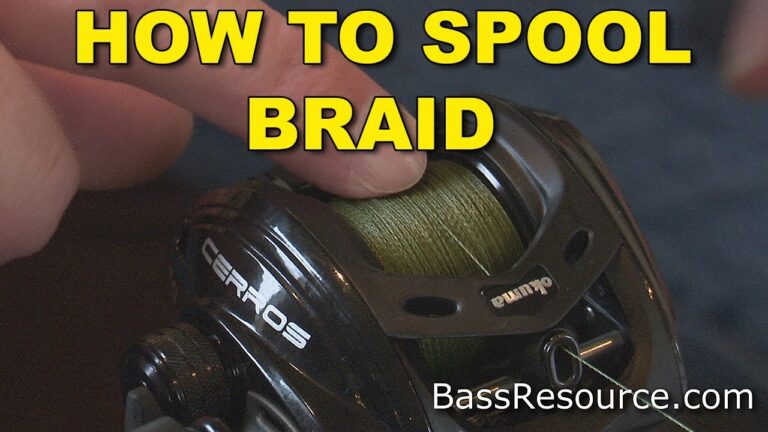How to Reel Fishing Rod

To reel a fishing rod, first turn the reel handle while keeping the rod tip up. Ensure your line is tight without dragging on the ground.
Reeling a fishing rod is a fundamental skill for any angler, essential for both casting out your line and bringing in your catch. Mastering the reel means understanding the balance between line tension and retrieval speed, which prevents the line from tangling or breaking.
A smooth technique ensures you maintain control over your lure or bait, providing a better fishing experience. New fishermen should practice this skill to enhance their chances of success on the water. Proper reeling also contributes to the longevity of your fishing gear, making sure that each component, from the line to the reel itself, operates at its best.
The Basics Of Reeling A Fishing Rod
Selecting the proper gear is critical for a successful fishing trip. Ensure your fishing rod matches the type of fish you’re aiming to catch. Your reel’s size should align with your rod’s weight and length. Use a lighter setup for smaller fish. Opt for a sturdier rod and reel to battle larger fish.
Before casting your line, attaching the reel to your rod is essential. Secure the reel properly to prevent any mishaps. Next, thread the line through the rod’s guides, starting from the bottom. Tie your hook, lure, or bait at the line’s end. Now you’re set to cast your line into the water and wait for a bite.
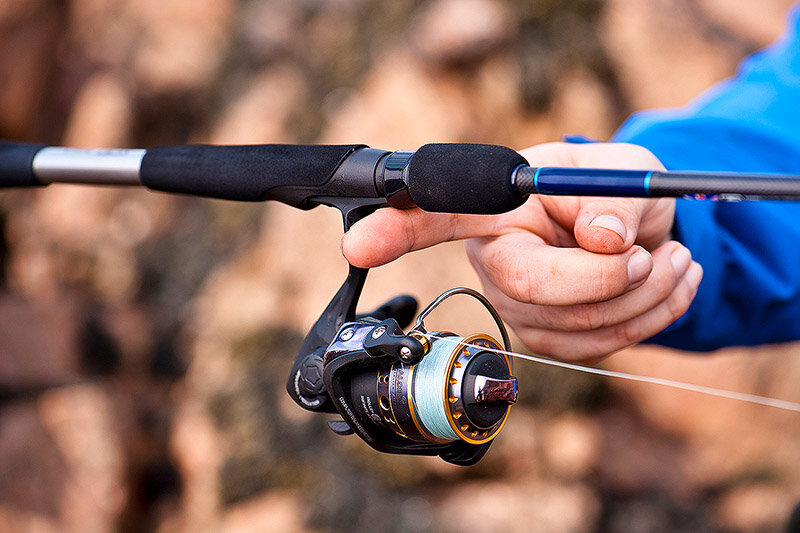
Credit: www.henry-gilbey.com
Pre-cast Checks For Smooth Reeling
Before casting your fishing rod, it’s critical to check the line and tackle. A quick inspection can prevent tangles and ensure a clean cast. Look for any fray or knots in the line. Untangle knots and replace frayed lines to reduce the chance of snapping.
Adjusting the spool tension is another key step for smooth reeling. The line should unravel easily when a lure or bobber is attached, but not too loosely. A simple way to test tension is to hold the rod tip up and release the line. The tackle should drop slowly and evenly towards the ground, indicating the proper tension.
Casting Techniques For Optimal Reel Performance
Mastering the overhead cast starts with proper stance. Stand with feet shoulder-width apart. Grip the rod firmly with your dominant hand. Place your thumb on top of the rod handle. Aim your rod tip towards the target area.
Swiftly bring the rod backwards over your shoulder. Now, snap the rod forward in a smooth motion. Release the line at the peak point of your forward cast. This technique helps achieve greater distances with precision.
Practice the side cast method on a flat, open space. Face your target sideways. Hold the rod horizontally at waist level. Swing the rod tip outward. Quickly flick the rod towards your target. This method is great for avoiding obstacles. It offers good control and accuracy.
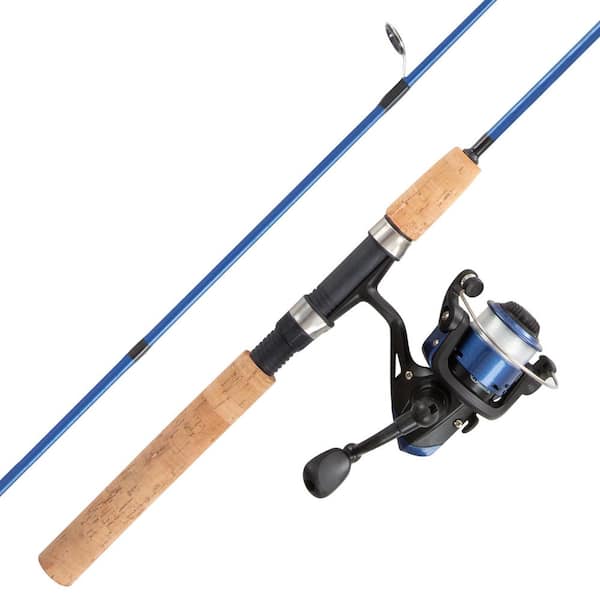
Credit: www.homedepot.com
Reeling Mechanics Explained
Understanding the reeling mechanics is crucial for successful fishing. Adjusting the drag is a key component during the retrieve. Proper drag tension prevents line breakage when a fish strikes. To adjust, turn the drag knob until it feels just right.
Maintaining a consistent reeling speed is equally important. It ensures a smooth lure movement which is attractive to fish. Each turn of the reel handle should be at the same pace. This makes your lure move naturally through the water, like a real fish.
Troubleshooting Common Reeling Problems
Dealing with Line Twists often frustrates many anglers. A swift solution is essential. First, remove slack from your fishing line. Then, let out line while moving your boat forward. This method helps by untwisting the line through water resistance. Remember that frequent checks can prevent severe twists. Use lures and swivels that reduce twisting. Lastly, properly spool new line to avoid initial twists.
Solving Reel Backlash Issues can seem daunting. Start by pulling out the line gently until resistance is felt. Then, apply slight pressure on the spool and turn the handle. Use a pick or toothpick to ease out tangles if needed. Upgrading to a braided line might reduce backlashes. Modern reels with adjustable tension help prevent them before they start.

Credit: www.homedepot.com
Maintenance Tips To Keep Your Reel In Top Shape
Keeping your fishing reel in perfect working condition demands attention. Regular cleaning is essential. Clear dirt and salt after each trip. Use soft, damp cloths to wipe every part. Frequent maintenance extends your reel’s life.
Proper lubrication plays a crucial role too. Specific oils and greases are best for reels. Apply them to gears, bearings, and moving parts. Light coatings work well. Too much grease attracts debris. This can harm your reel. Check the manufacturer’s guide for specific lubrication instructions.
Frequently Asked Questions Of How To Reel Fishing Rod
How Do I Reel In A Fishing Rod?
To reel in a fishing rod, start by slowly turning the reel handle. Keep the rod tip up and maintain steady pressure. If you feel a tug, gently pull the rod up and reel in the slack line. Repeat until you’ve landed the fish or retrieved your line.
How Do You Reel A Fish For Beginners?
Begin by keeping tension on the line. Use a steady, smooth motion to reel in the fish. Adjust the drag as needed to avoid line breaks. Stay patient, and guide the fish towards you. Lastly, use a net to secure your catch safely.
What Is The Best Way To Reel In A Fish?
To best reel in a fish, maintain a tight line, reel steadily, use the rod to guide the fish, and adjust the drag as needed. Keep calm and avoid sudden jerks to prevent the line from snapping.
Do You Reel A Fishing Pole Up Or Down?
You reel a fishing pole up, winding the line onto the spool by turning the handle in a clockwise direction.
Conclusion
Wrapping up, mastering the skill of reeling a fishing rod can enhance your angling experiences significantly. Keep practicing with patience, and soon you’ll handle your line like a pro. Remember these tips next time you’re by the water, ready to cast.
Tight lines and happy fishing!

